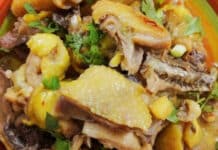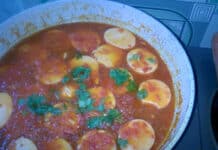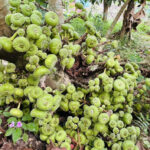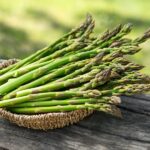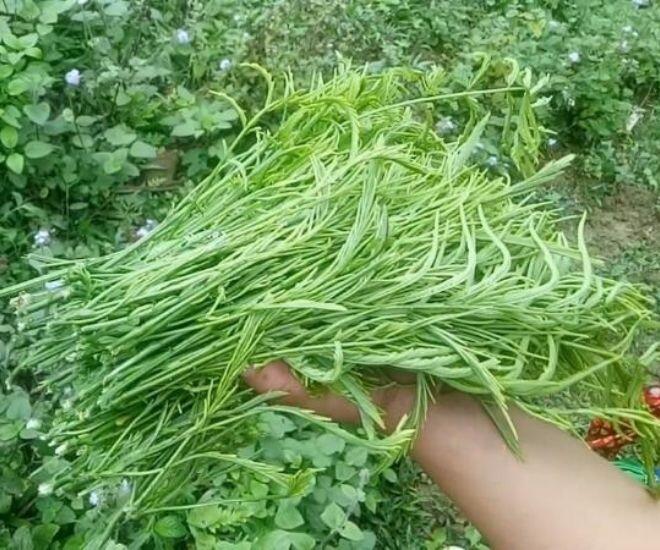
In the Thai ethnic language, “rau thối” is known as pắc nam. This wild forest plant belongs to the vine family, featuring long, thorny stems and dark green, symmetrical leaves. The tender young shoots are the most prized part, used both in cooking and as a medicinal herb. Harvesting requires caution due to the sharp thorns that can easily scratch the skin.
Rau thối thrives from March to June, when the Northwest forests are lush and humid, ideal for its growth. It is most abundant in provinces like Sơn La, Điện Biên, Lai Châu, and Yên Bái. During this season, fresh rau thối is a common sight at highland markets, often harvested directly from the forest. Beyond local consumption, it is transported to Hanoi and other major cities, featuring on the menus of Northwest specialty restaurants. In Hanoi, prices can soar to several hundred thousand dong per kilogram, while purchasing directly from local villagers costs only a fraction of that.
The Aroma of the Mountain Forest Herb
The name “rau thối” (stinky vegetable) comes from its strong, distinctive odor, which can be off-putting to first-time encounters. However, many find the scent merely unusual rather than truly foul. Interestingly, the smell mellows after harvesting and resting. Locals prefer consuming it fresh to fully appreciate its robust flavor.
What’s fascinating is how rau thối transforms during cooking, becoming fragrant, crisp, and sweet. This contrast between its raw aroma and cooked taste makes it uniquely appealing. Many visitors, initially hesitant, grow to love it after their first taste, often buying it as a special souvenir.
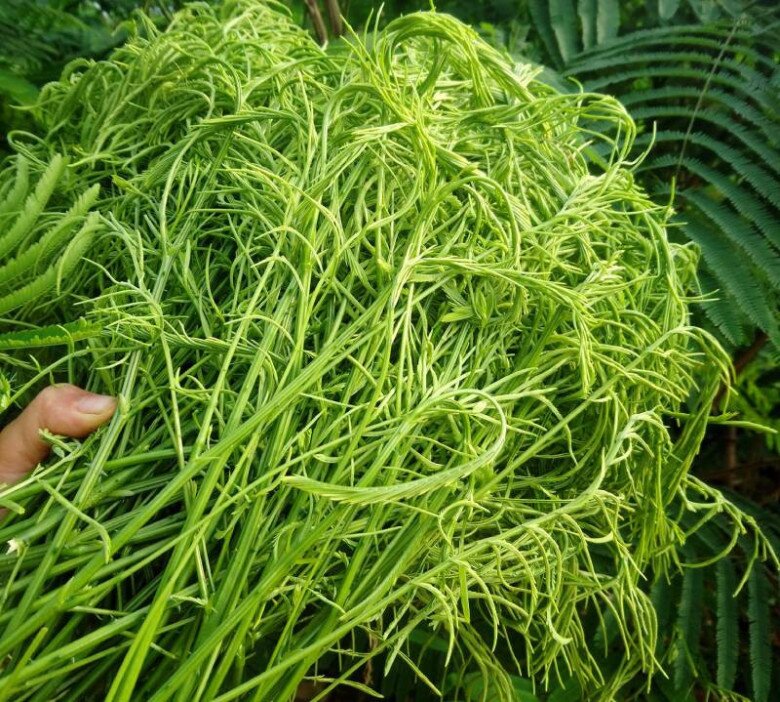
Beyond its culinary use, rau thối is a valued medicinal herb. Northwest locals use it to cool down during summer and treat joint ailments. Dried rau thối is also used in traditional remedies for liver, kidney, and stomach issues, as well as to alleviate acid reflux, abdominal pain, and bitter taste in the mouth. Its health benefits have made it a sought-after delicacy, prized for both flavor and wellness.
Delicious Dishes Featuring Rau Thối
Northwest cuisine is celebrated for its unique blend of forest ingredients and ethnic culinary techniques. Rau thối is no exception, inspiring a variety of dishes that are both innovative and nutritious.
Rau Thối Salad with Wild Eggplant and Dried Pork: A signature dish in highland restaurants. Blanched young rau thối is tossed with wild eggplant and shredded dried pork, seasoned with fish sauce, lime, chili, and peanuts. The result is a refreshing, tangy, and savory salad.
Rau Thối and Pig’s Tail Soup: A nourishing family favorite. Tenderized pig’s tail is simmered with rau thối, creating a sweet broth and tender meat that complements the vegetable’s unique flavor.
Stir-Fried Rau Thối with Bamboo Shoots: A simple yet authentic highland dish. Crisp bamboo shoots and rau thối combine for a light, refreshing flavor, perfect for summer meals.
Grilled Stuffed Fish with Rau Thối: A festival specialty. Freshwater fish like carp or trout are stuffed with rau thối and spices, then grilled over charcoal. The aroma of fish and rau thối creates an unforgettable dish.
Rau Thối Patties: A creative dish where minced rau thối is mixed with ground meat, seasoned, and fried until crispy. Served with rich fish sauce, it’s a favorite among young food enthusiasts exploring Northwest cuisine.
Rau Thối Egg Drop Soup: Similar to tomato egg drop soup but with rau thối, this dish offers a bolder flavor, ideal for those accustomed to its taste.
Rau thối can also be simply boiled and dipped in fish sauce or stir-fried with beef or pork. Each preparation highlights its unique flavor, making it a culinary symbol of the region.
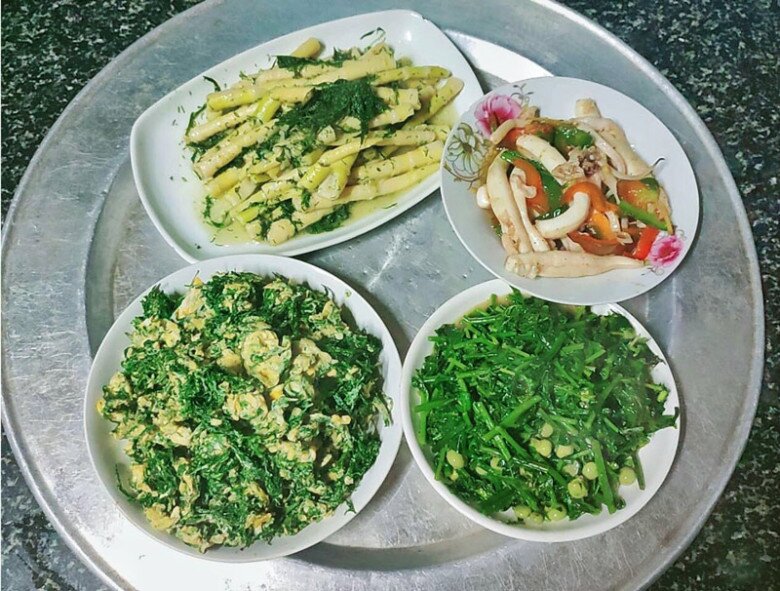
For travelers, finding a unique regional souvenir is essential, and rau thối fits the bill perfectly. Though less common than tea or plums, its distinctiveness makes it a memorable choice. Many visitors purchase fresh or dried rau thối as a gift, appreciating its novelty and practicality. Despite higher prices in cities, its exceptional flavor and health benefits make it well worth the cost.
Today, rau thối has moved beyond highland home kitchens to urban restaurants, featuring on tourist menus. It stands as one of the Northwest’s most unique specialties. From its intriguing name to its distinctive taste, rau thối offers a curious and enriching experience.
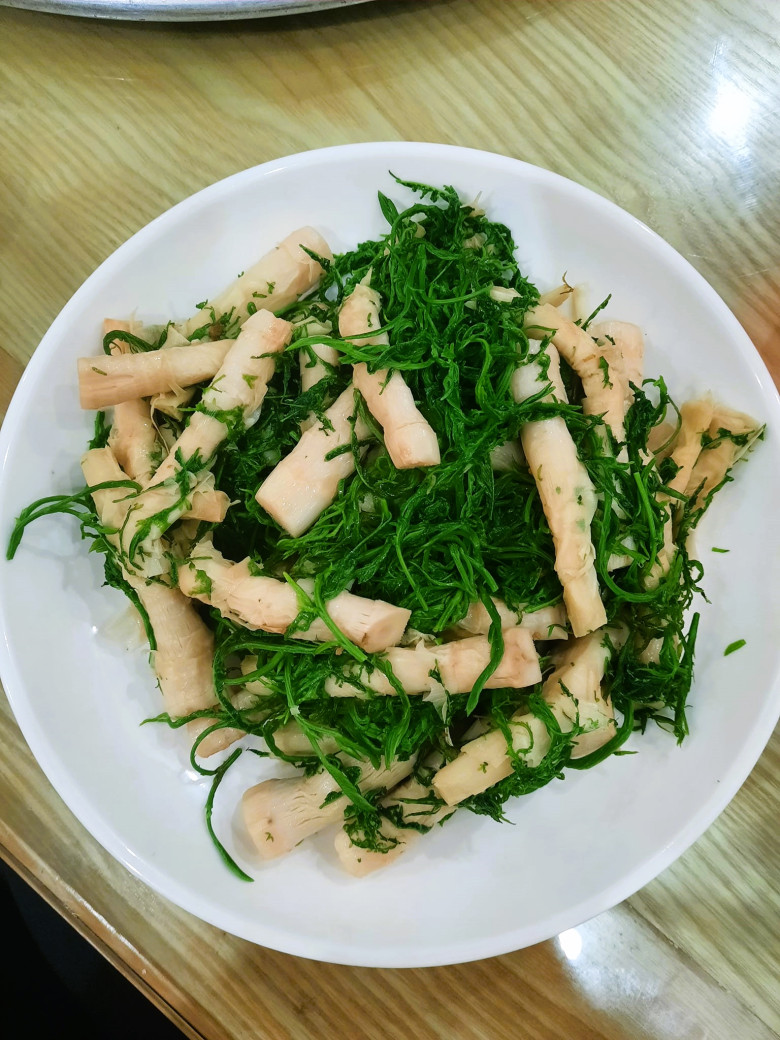
Beyond its initial aroma, rau thối reveals a delightful crispness and sweetness when cooked, showcasing the sophistication of local culinary culture. With its culinary and medicinal value, rau thối is a proud emblem of the Northwest mountains, a unique gift for those exploring Vietnam’s regional specialties.
The Familiar Vegetable in Vietnam, Once Only Fed to Pigs, Now Contains “Gold” in its Roots and Sells Like Hotcakes!
Introducing the ultimate delicacy for liquor aficionados – an exotic root steeped in tradition and packed with potent flavors. This prized root, meticulously cultivated and carefully selected, commands a premium price among connoisseurs. Immerse yourself in a sensory journey as you uncork the essence of this exquisite ingredient, meticulously transformed into a refined alcoholic beverage. Prepare to be captivated by its complex notes and subtle nuances, an indulgent experience that transcends the ordinary.













